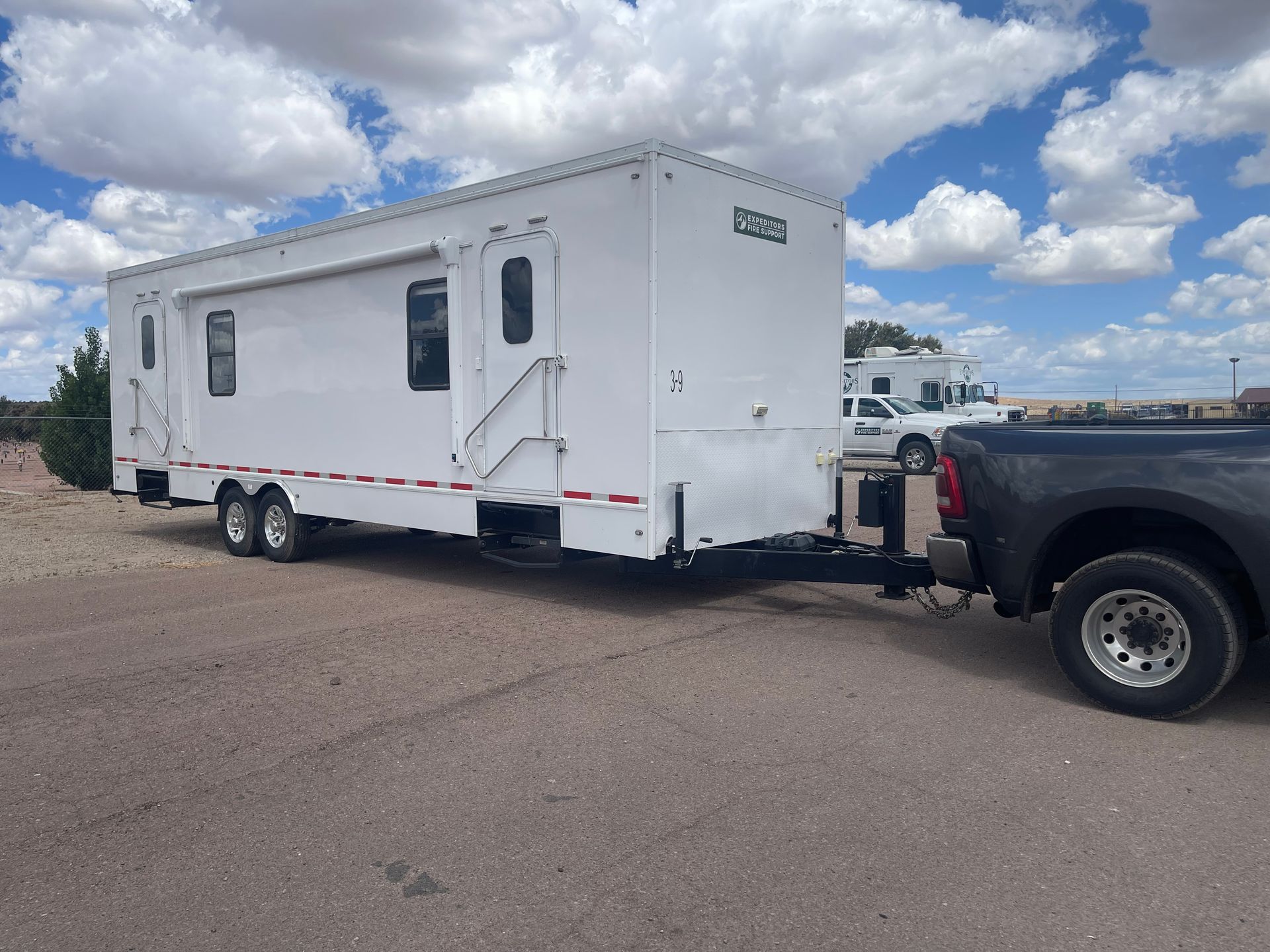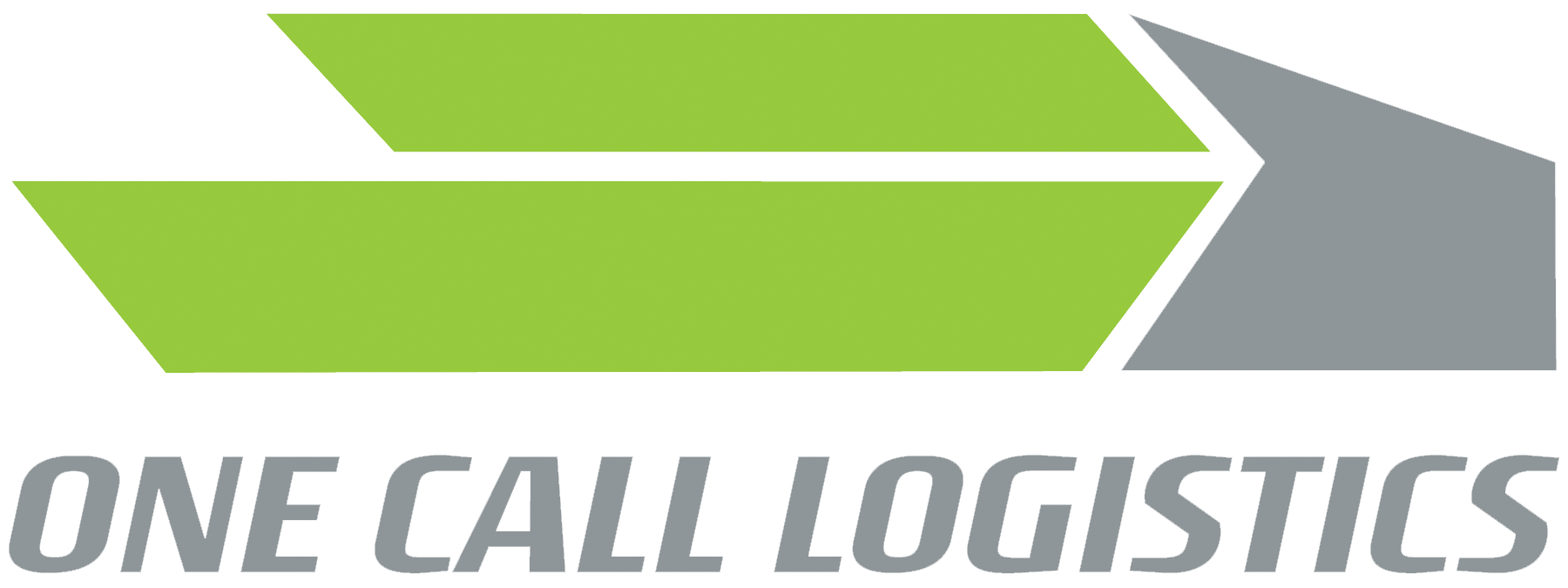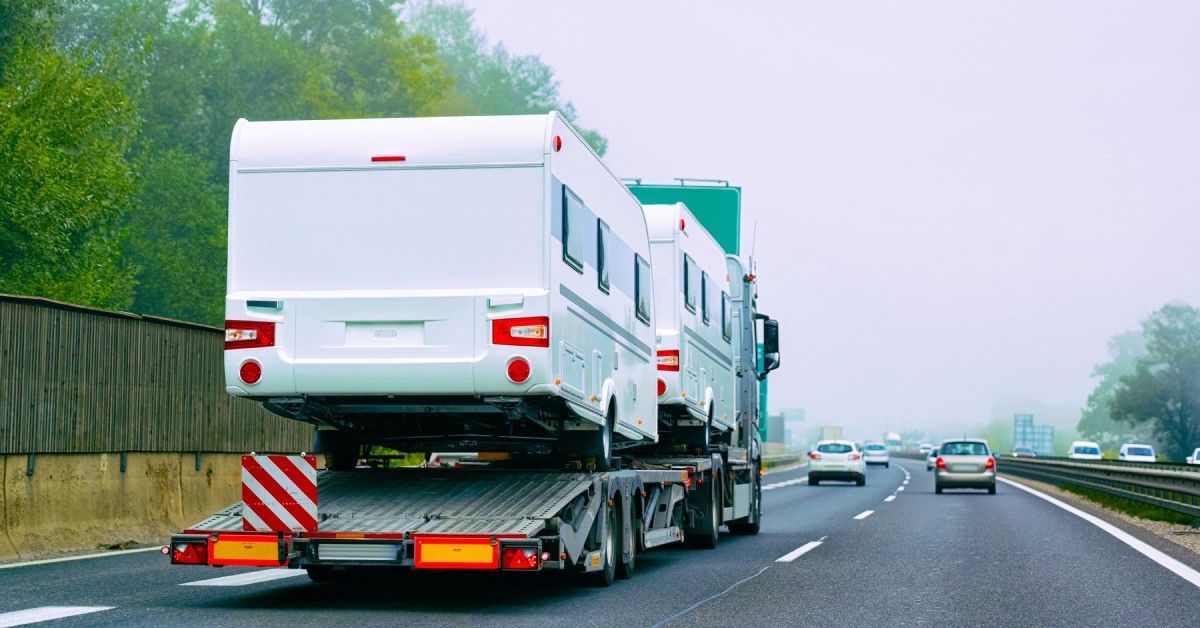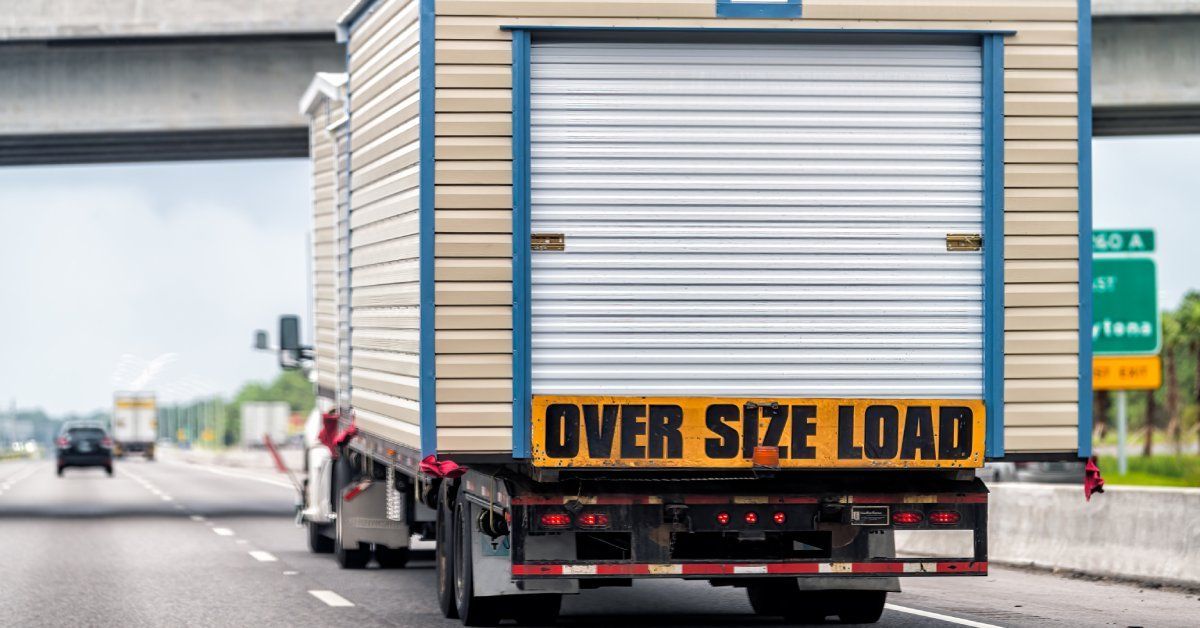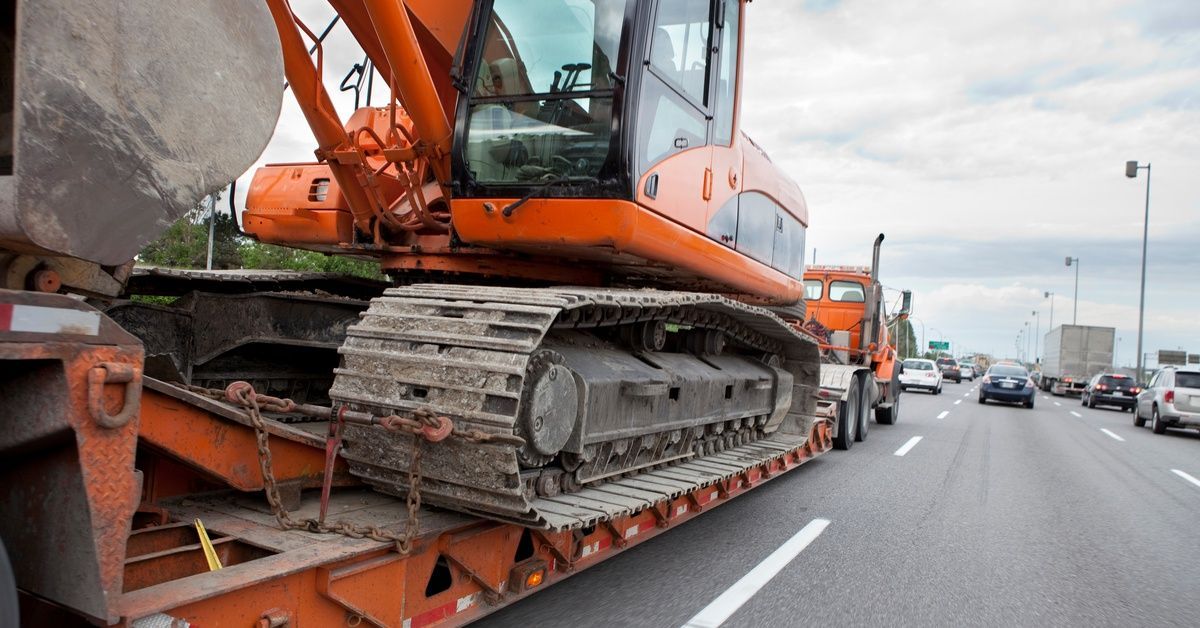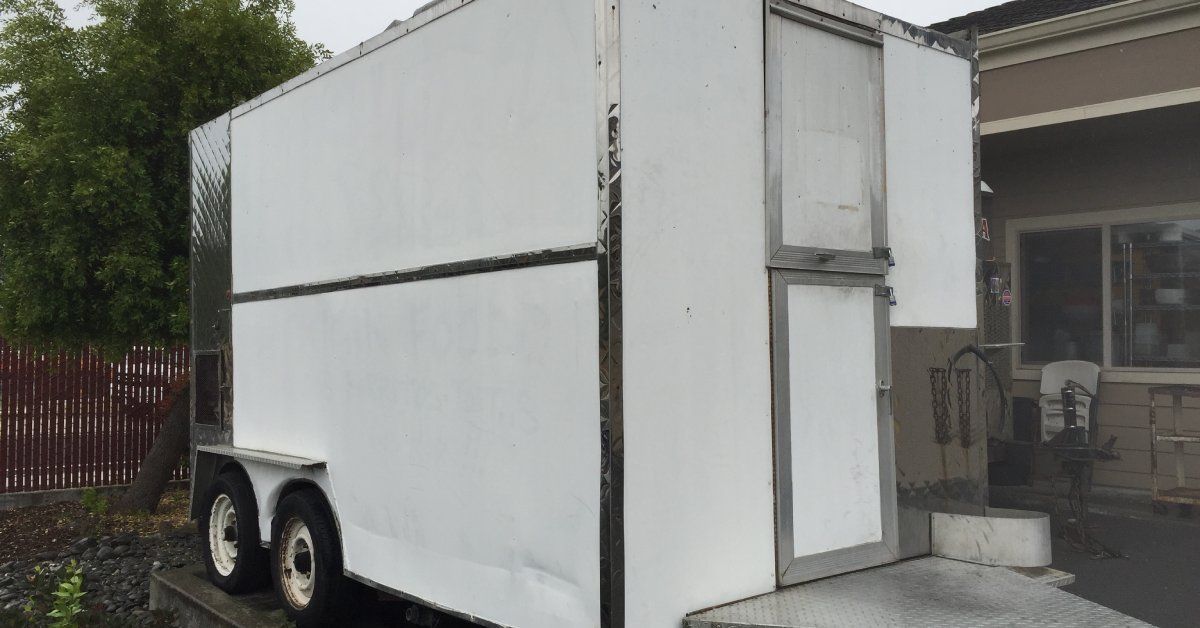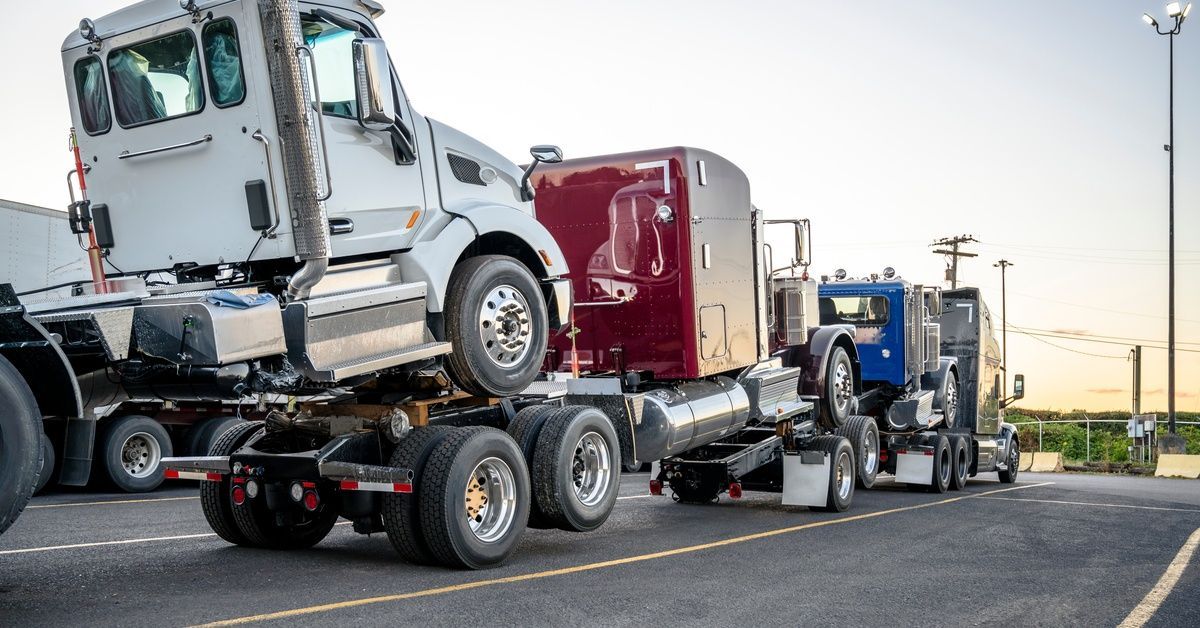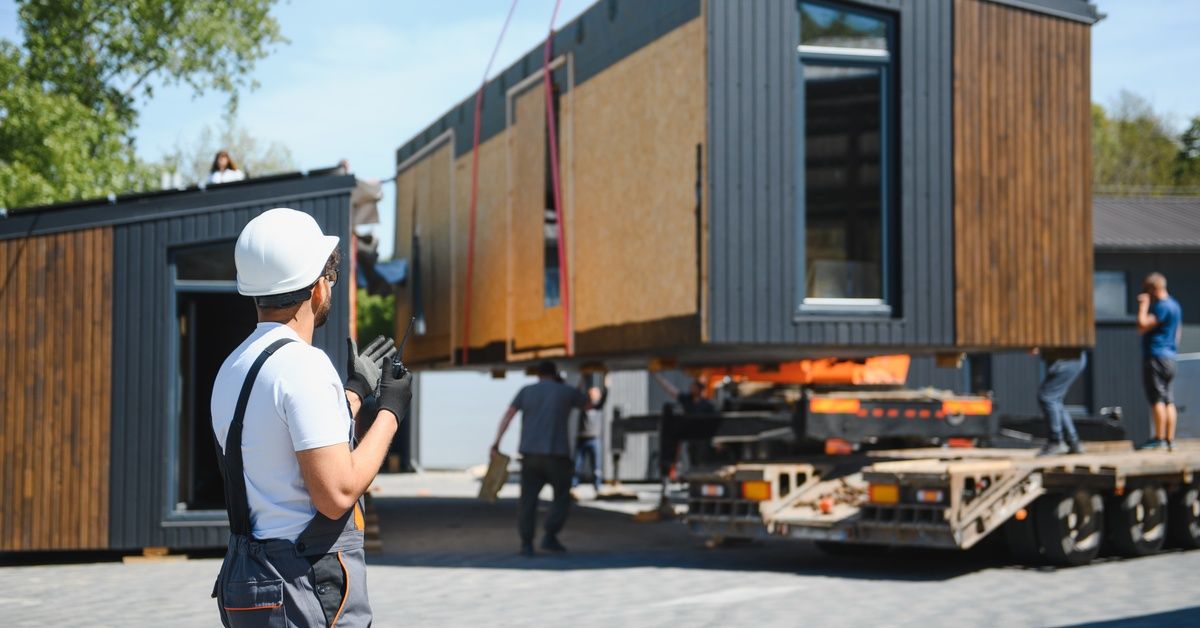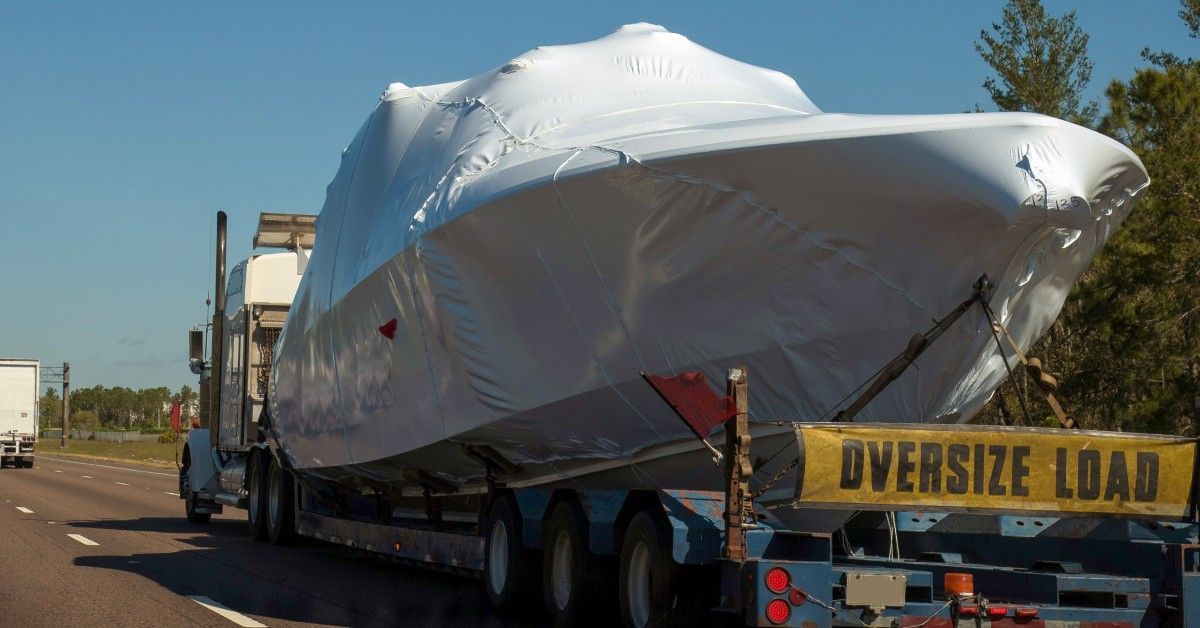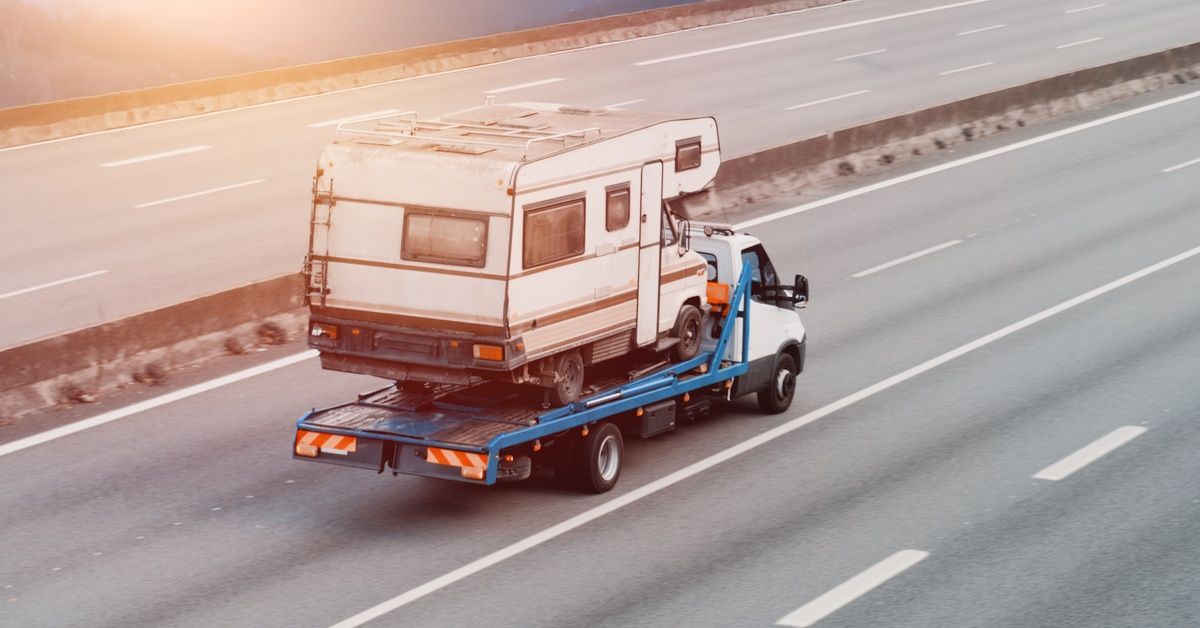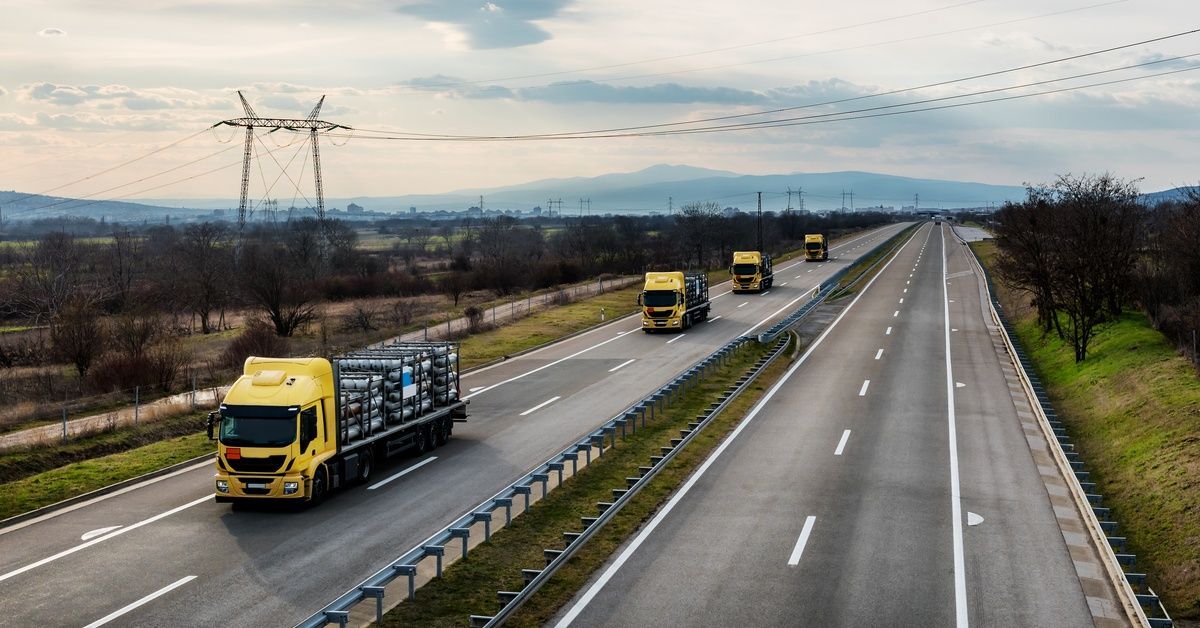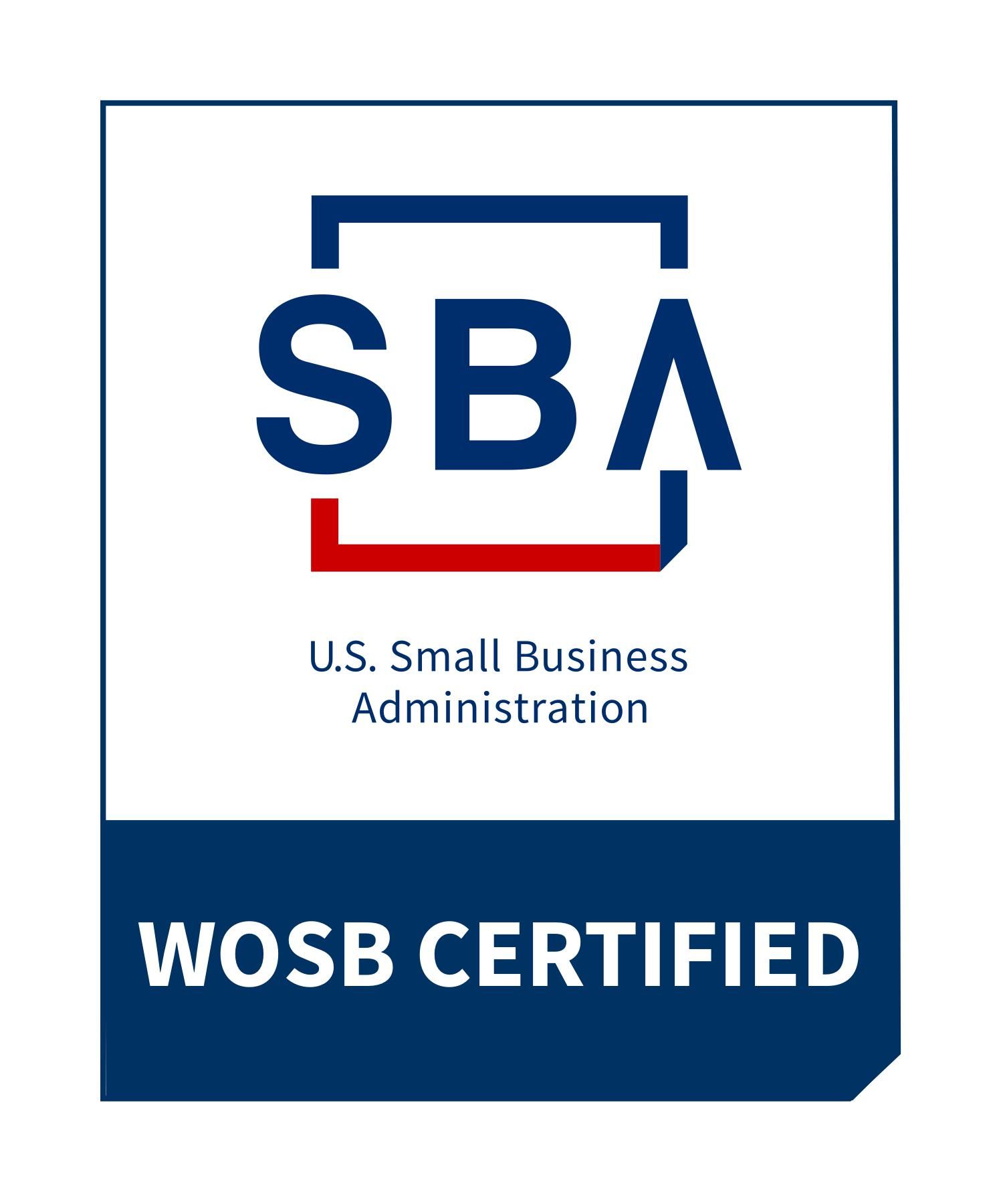Guidelines for Transporting Equipment Across State Lines
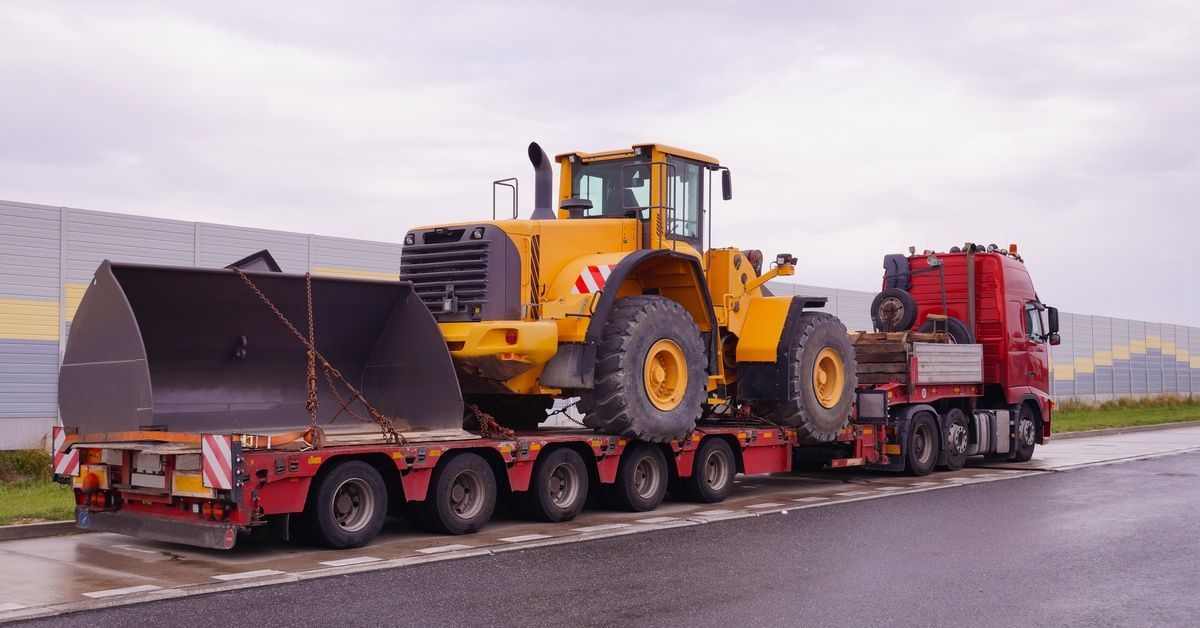
Moving equipment across state lines requires navigating both federal and state laws. Sometimes, these laws don’t align. At the federal level, the Federal Motor Carrier Safety Administration (FMCSA) and the Department of Transportation (DOT) oversee safety standards, vehicle classifications, and securement rules. These agencies establish the baseline for what constitutes an oversized or overweight load and how to transport it.
Each state, however, includes additional rules on top of the federal regulations. States may impose different limits on vehicle weight, height, and length, restrict travel during certain hours or days, or require pilot cars and special signage.
That’s why clear guidelines for transporting equipment across state lines matter so much. In this guide, we’ll break down the key rules and practices to follow for smooth, compliant transport.
Select Compliant Equipment and Trailers
Drivers must match the machine to the correct transport setup before anything else. Consult the equipment’s specification sheets or the manufacturer’s manual to find its exact dimensions and weight. If these measurements aren’t available, transporters must physically measure the length, width, and height, and estimate the weight of the equipment with the help of industry guides or professional appraisals.
After establishing the equipment’s size and weight, it’s time to select the trailer. For tall loads such as cranes, backhoes, and large excavators, lowboy trailers are the best option. The low deck height gives drivers more clearance under bridges and power lines.
Medium-sized machinery—such as forklifts, skid steers, and small bulldozers—require step-deck trailers or double drops. They provide the necessary versatility to meet height and weight restrictions while complying with the DOT.
Flatbeds are suitable for transporting compact or lightweight equipment that doesn’t exceed standard height or weight limits.
Removable gooseneck trailers (RGNs) are another option. They support loading machinery that necessitates direct transportation onto the trailer.
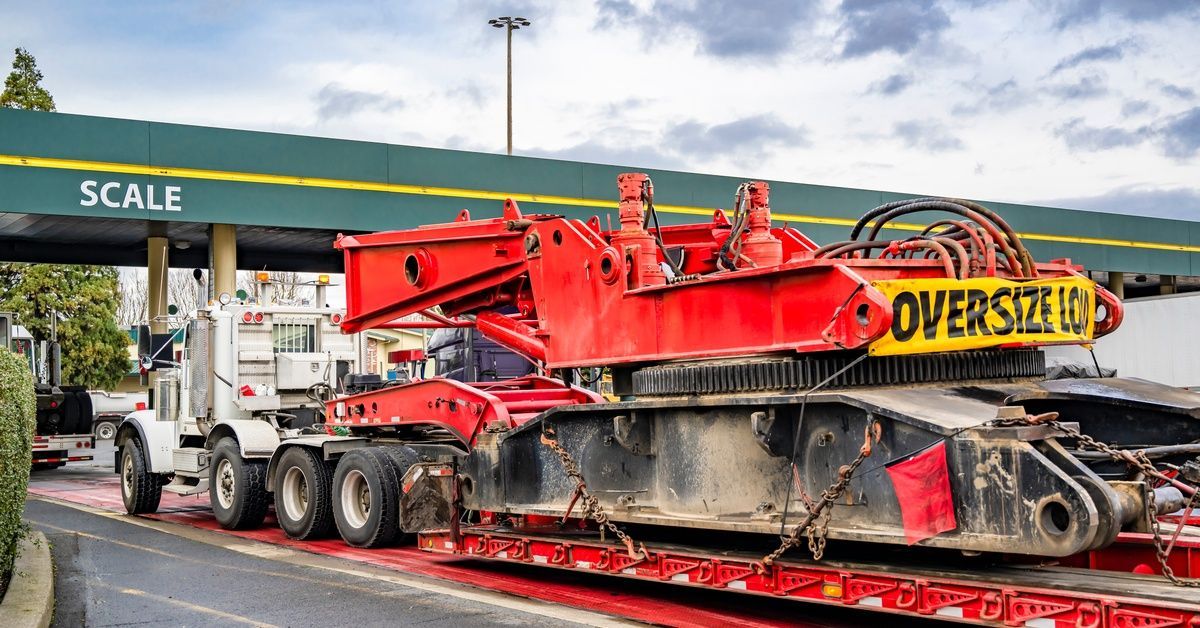
Plan the Route with Equipment in Mind
Route planning starts by analyzing the equipment’s dimensions and comparing them against the constraints of potential roads. Referring to detailed route maps that include data on bridge load limits, clearance heights, and road weight restrictions is essential. This helps avoid routes with low overpasses, narrow lanes, or weak bridges that can’t support the cargo.
Specialized GPS systems designed for heavy equipment logistics can provide real-time updates on road conditions, flag detours, and alert drivers to restricted zones or construction areas.
When selecting a route, haulers must consider the turning radius required for the transport vehicle combined with the equipment’s size to determine which tight corners and off-ramps to avoid. Additionally, they will need to identify rest stops or layover points that can safely accommodate oversized loads, thereby keeping the transport on schedule.
Early coordination with local authorities for any temporary road closures or escort requirements further smooths the process. Effective route planning not only prevents delays but also reduces risks related to equipment damage and compliance violations.
Coordinate Delivery Timing
After finalizing the route, align the delivery window with all relevant timing regulations. Most states limit oversized load travel to daylight hours, typically between sunrise and sunset, or restrict movement during weekends and holidays.
The time of day also affects local traffic congestion and site accessibility. Haulers should avoid peak travel hours—such as morning and evening rush hour—in urban areas to reduce delays and potential driving hazards.
If the delivery site is active, drivers must coordinate with on-site crews to minimize disruptions and confirm they’re available to receive the equipment. Some locations may deny access or impose penalties if the delivery arrives outside an approved time frame.
Lead time matters, too. Schedule any transport well in advance so permits and logistics can be finalized without last-minute pressure.
Know Federal and State Regulations
To stay compliant when transferring equipment across state lines, drivers should contact each state’s transportation department along their planned route. Request detailed information on mandatory permits, weight and size limits, and any special requirements, like the need for escort vehicles or restricted travel times.
Next, drivers must apply for all necessary permits two to four weeks before the planned transport date. Several states offer online portals for oversized or overweight load permits. It’s advised to keep digital and printed copies of every permit handy during transport.
Transporters should verify that the planned travel days and times comply with state restrictions. These stipulations could include avoiding weekend travel or nighttime hauling in various states.
Maintaining a checklist of all regulatory requirements for each state and assigning a team member to track permit renewals or expiration dates during long hauls is recommended. Proactive actions will prevent legal delays and support smooth transport across the country.

Prepare the Load Properly
Taking the time to load correctly reduces safety risks and guarantees smoother travel from origin to destination. Haulers should confirm the equipment is secure using approved techniques that meet DOT regulations. The rules typically include using a combination of heavy-duty chains, tensioned binders, and ratchet straps rated for the equipment’s weight class.
When selecting tie-down points, always use designated anchor areas on the trailer and machinery to avoid structural damage. Weight distribution is critical. Uneven loads increase the risk of tipping, swaying, or tire blowouts, especially at high speeds or on curved roads.
Place heavy components low and in the center over the trailer’s axles to maintain balance. In some cases, wheel chocks or cribbing may be necessary to stabilize the equipment.
Once secured, drivers should double-check all restraints for tension, wear, and correct placement. A second team member should verify the setup. Be sure to apply additional tie-downs according to the cargo’s size and state-specific transport rules.
A Partner That Gets It Right
To wrap up, conduct a final inspection of the equipment and the securing mechanisms. Confirm that the trailer’s connection points are intact, and verify that all lights and signals are fully operational. Ensure that all transport documentation is in order, including copies of permits, inspection logs, and contact information for team members involved in the move.
Following the guidelines for transporting equipment across state lines safeguards the machinery, your schedule, and your bottom line. When you need a partner who understands the complexities of heavy hauls, One Call Logistics is ready to handle the details without taking shortcuts.
With coast-to-coast service, specialized equipment capabilities, and decades of field-tested expertise, we make complex moves simple. Whether you’re relocating cargo across one state or several, our team knows what it takes to do it the right way.
